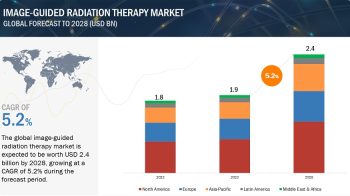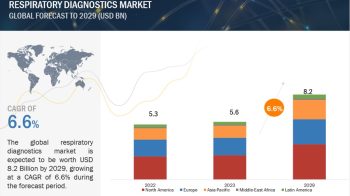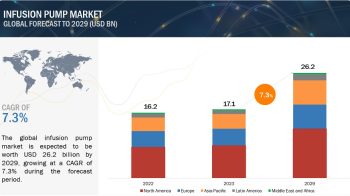Global Market Dynamics:
Drivers: Outbreak of infectious diseases affecting the respiratory system
Infectious respiratory diseases directly drive demand for respiratory care. COVID-19 is the most recent and significant of these diseases; the pandemic has resulted in a surge in demand for personal protection equipment and ventilators, among others. The demand for ventilators has also grown due to the COVID-19 outbreak, resulting in governmental and industrial support for driving the pace of manufacturing. This is indicative of the emphasis on respiratory care in the background of an outbreak; the market is expected to show a healthy growth rate, as a result.
Restrains: Unfavorable reimbursement scenario
Many patients rely on reimbursements to receive treatment. The diagnostic industry as a whole and respiratory care diagnostics, in particular, is presently facing the challenge of lack of reimbursements for various diagnostic tests. Reimbursement policies are dispersed in Europe and are available only for PAP devices and oral appliances in select countries (devices that are not covered by insurance have a low market share in the region). Also, the majority of countries in the Asian and RoW regions have negligible reimbursement coverage for respiratory care devices.
Download PDF Brochure@
https://www.marketsandmarkets.com/pdfdownloadNew.asp?id=368
Opportunities: Growing demand for home care therapeutic devices
The rapid growth in the global geriatric population, rising incidence of chronic diseases (including COPD and asthma), and the cost advantages of home care devices and services (compared to hospital visits) are the key factors driving the growth of the home healthcare market. The high growth potential in emerging markets, healthcare decentralization, and the evolution of miniaturized devices are some of the major factors that are expected to provide significant growth opportunities to players operating in the respiratory home healthcare market.
Owing to the rising healthcare costs, a large number of patients suffering from chronic respiratory diseases prefer to undergo treatments in home care settings. This trend is expected to increase the demand for products such as nebulizers, ventilators, and CPAP devices, as they are used by patients to treat, diagnose, and monitor a variety of respiratory diseases in home care settings.
Expected Monetary Gains:
The respiratory care devices market is expected to reach USD 29.9 billion by 2025 from USD 16.0 billion in 2019, at a CAGR of -12.5% during the forecast period of 2020 to 2025.
Due to the outbreak of corona virus globally, there is a sudden rise in the demand for respiratory care devices. Thus, the respiratory care devices market witnessed a CAGR of 261.1% between 2019 and 2020. In 2020, respiratory care devices market reached to USD 58.1 billion.
Geographical Growth Scenario:
Asia Pacific market to witness the highest growth during the forecast period
The respiratory market is divided into five regions—North America, Europe, the Asia Pacific, Latin America, and the Middle East & Africa. These regions are further analyzed at the country levels. North America held the largest share of the respiratory care devices market in 2019, followed by Europe and the Asia Pacific.
The Asia Pacific market is projected to grow at the highest CAGR during the forecast period, due to due to the presence of a large pool of respiratory patients, increasing healthcare expenditure, rapidly developing healthcare infrastructure, rising per capita income, growing middle-class population, and growing prevalence of tobacco smoking in this region.
Request Sample Pages@
https://www.marketsandmarkets.com/requestsampleNew.asp?id=368
Global Key Players:
Some of the prominent players operating in this market include Philips Healthcare (Netherlands), ResMed (US), Medtronic (Ireland), Masimo Corporation (US), Fisher & Paykel Healthcare (New Zealand), Drager AG (Germany), Invacare Corporation (US), Nihon Kohden (Japan), Getinge AB (Sweden) and Air Liquide (France).


